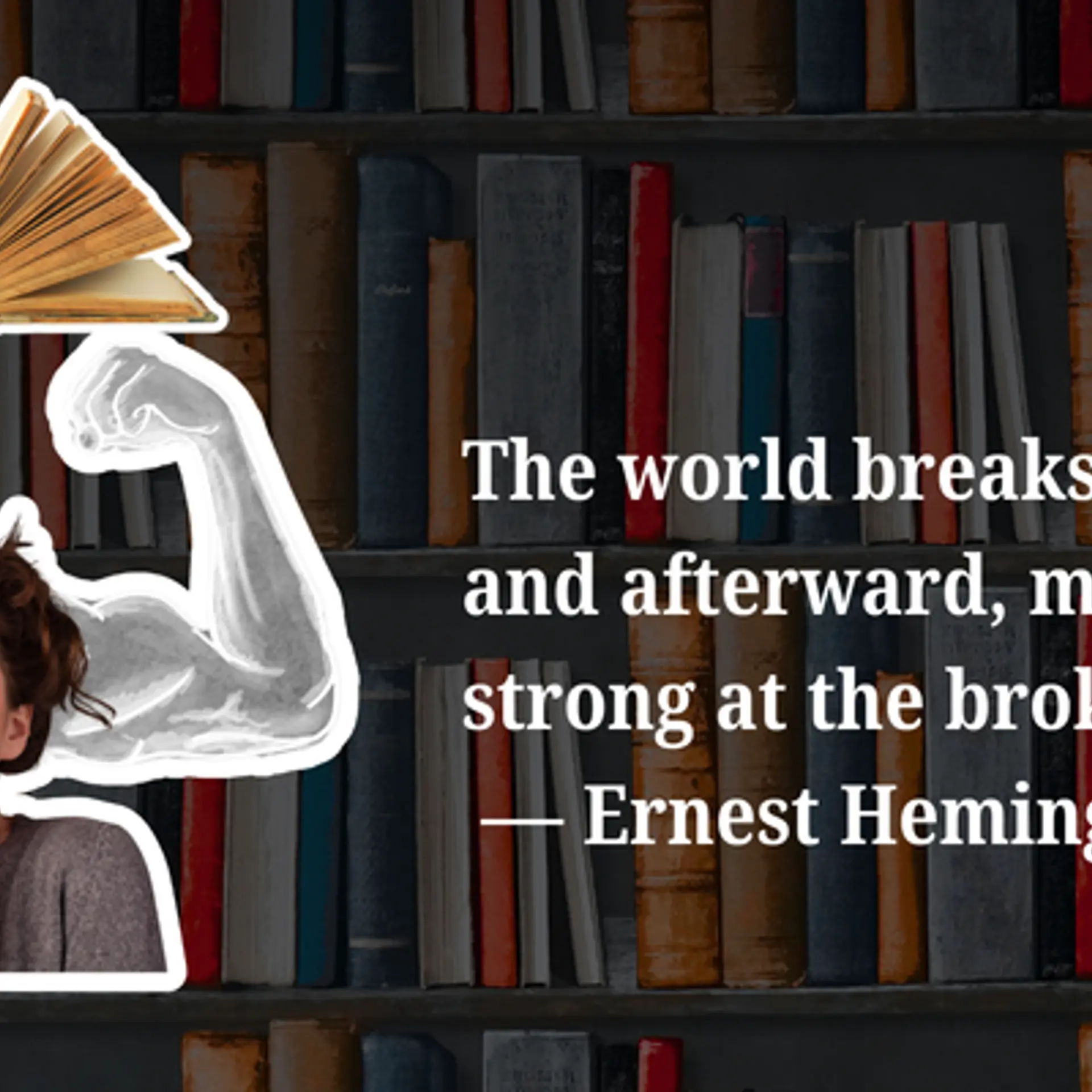Making gender equality a part of our daily life
Gender equality is as much about men as it is about the women. Be it in the society we inhabit, the workplace we experience each day, or in our personal lives at our homes. The root cause of gender inequality lies in the behaviour we exhibit.
These behaviours are an outcome of the messages we receive early in life. The set patterns of behaviour we follow since childhood, behavioural stimuli we receive, or social norms that we get accustomed to, become messages that influence our actions and thoughts. Many a time we may have been too young to comprehend the influence these would have on our decisions.

There is much that can be done every day, as we go about in our lives in various avatars, to change the messages that perpetuate gender stereotypes. Here is what you can do:
Pink is for girls and blue is for boys
Recently, I went to a baby store to buy something for a friend who was nearing her due date. I gravitated towards orange and white baby clothes so as to avoid the choice between blue and pink.
This got me thinking how since the minute babies are born we bracket them into blue or pink clothing categories. Why? Blue and pink look great on all children, irrespective of gender, then why the colour code?
An interesting insight and the ramifications of ‘blue is for boys and pink for girls’ is brought out by Jo B. Paoletti in her book, Pink and Blue: Telling the Boys from the Girls in America, where she talks about gendered children fashion, its origins and transformation and what are the consequences of such gender distinctions in children’s clothing.
It’s time to stop using gendered children fashion and break the stereotype.
Princesses and superheroes
Dr. Elizabeth Sweet, a sociologist and lecturer at the University of California, Davis, and at California State University, Sacramento, has done extensive research on how toys define and reaffirm gender roles.
Pink aisles with princesses for girls and the guns and superheroes for boys send a certain message to children. Princesses show that appearance matters and guns and superheroes show it is important to be strong at all times.
While the retail industry rakes in the moolah from the sales of superheroes and princesses, their targets are sales-driven. Parents need to use their discretion to ensure that children get the correct message about their toys.
Children imitate adults
Andrew N. Meltzoff from the Department of Psychology, University of Washington, in a paper, Born to Learn: What Infants Learn from Watching Us, points that – “Imitation is a powerful form of learning commonly used by children, adults, and infants. A child’s enthusiasm for imitative behaviour prompts parental attention and interaction, and provides a mechanism for transmitting appropriate cultural and social behaviour. Although simple imitative behaviour is evident in the postnatal period, by around 14 months infants remember and repeat actions they observe in adults, other children, and on television. Imitation games provide early experience in mapping the similarities between self and other. Behavioral imitation, empathy, and moral sentiments may be part of the same developmental pathway.”
So as parents it is important to ensure that children see both parents and siblings have an equal share in the household chores. It is essential for men to be hands on when it comes to nurturing and women to take on tasks that are always attributed to men. This will help dilute the notion that women are risk averse, nurturers, and homemakers and break the ideals that men have to be the breadwinner, stronger, and risk-takers. It is important to support stay-at-home dads and working mothers, and an equal role for fathers in the process of upbringing their children.
EQ and IQ
Gender roles are also connected with the EQ and IQ of a person. Women are said to have a great EQ and are believed to be nurturers. If we pause to think, we realise that men have been taught ‘boys don’t cry’ and ‘boys are strong’ and girls have to ‘behave like a lady’, ‘be sweet and gentle’.
Norms of masculinity and femininity have to be questioned to ensure that we step over gross simplifications. Women have to be looked beyond the high EQ and relatively lesser IQ leader, employer, employee and colleague, and men need to break out of the conditioning they have received since childhood that has pushed them to put their emotions on the back burner.
Like charity begins at home, so does gender inequity. Let us do what we can to change the balance and build a society that is about egalitarianism.







